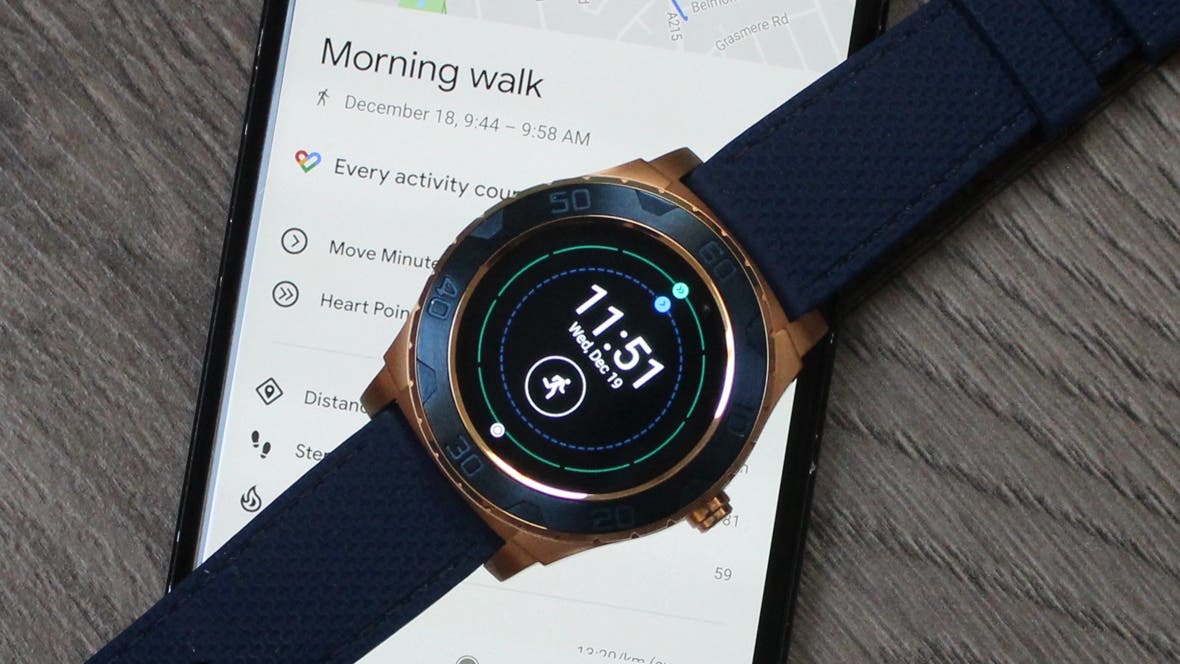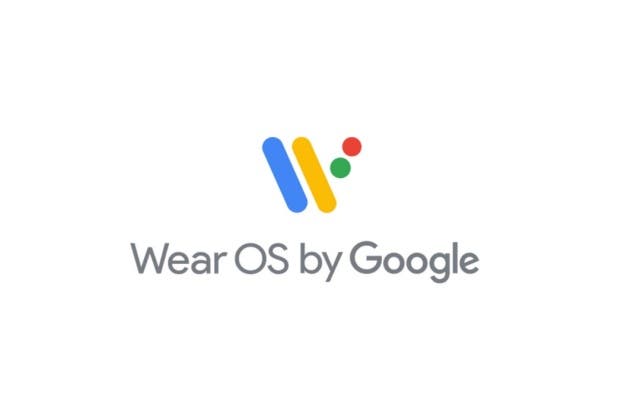Google’s Wear OS has had a bad reputation for a long time due to its instability, battery life and constant lags. However, after the introduction of new chips for wearable devices from Qualcomm, Google decided to continue working on improving its firmware.
Wear OS gets a new major update
The company has already released the largest software performance update in several years this year. Yesterday, Google unveiled a new version of Wear OS, which will aim to make tracking your health easier and more convenient.
Google Tiles will receive a major visual change. Google extends its functionalities with several handy options that make it easier to bring important information to you. For example, with the Google Fit Workouts Tile, you can access your most recent workouts with one tap, and view all of your metrics in a convenient graph.

You can also set goals and get warnings about running too fast with a single tap; without having to navigate a bunch of submenus. The Correct Breathing tile design has also been improved, allowing you to launch the calming breathing exercise even faster.
A slight change in appearance will also affect the weather section; the design will become more convenient, and the alerts will work better.
In addition to the firmware update, the Google Fit app on both Android and iOS will also be updated. In general, the task of Google is to do everything so that the smartphone and watch work in a single pace; just like the main competitor, Apple.
Google WearOS will increase focus on health and fitness features
Google’s WearOS is finally catching up with the competition after many years. The platform struggled to be a worthy competitor to Apple’s WatchOS or Samsung’s Tizen OS. After buying FitBit back in last year, we expected Google to add Health and Fitness related features into WearOS eventually. Recently, the search giant was asking for feedback via a Google User Experience research program on possible new features for future versions of WearOS.
The survey asks participants on various health tracking features such as sleep metrics to SP02 tracking to automatic detection of a variety of categories to pairing with medical equipment. Worth noting that this isn’t a confirmation of Google’s intentions of adding these features into the next WearOS version. However, the very fact that Google is taking such an interest is pretty good. Nowadays, most of the smartwatches are mainly used as fitness trackers. It would be pretty awesome for WearOS to include these features natively.




